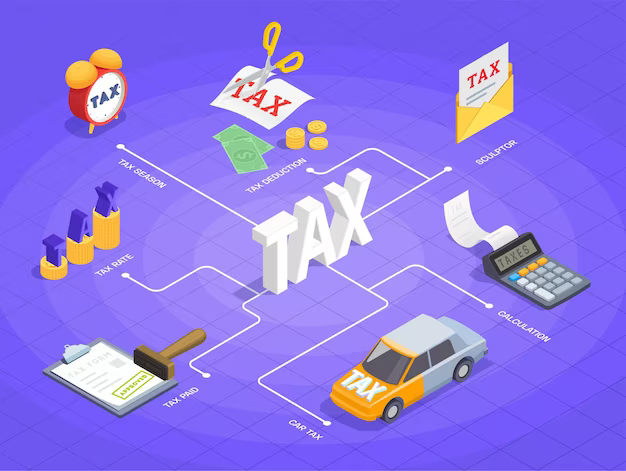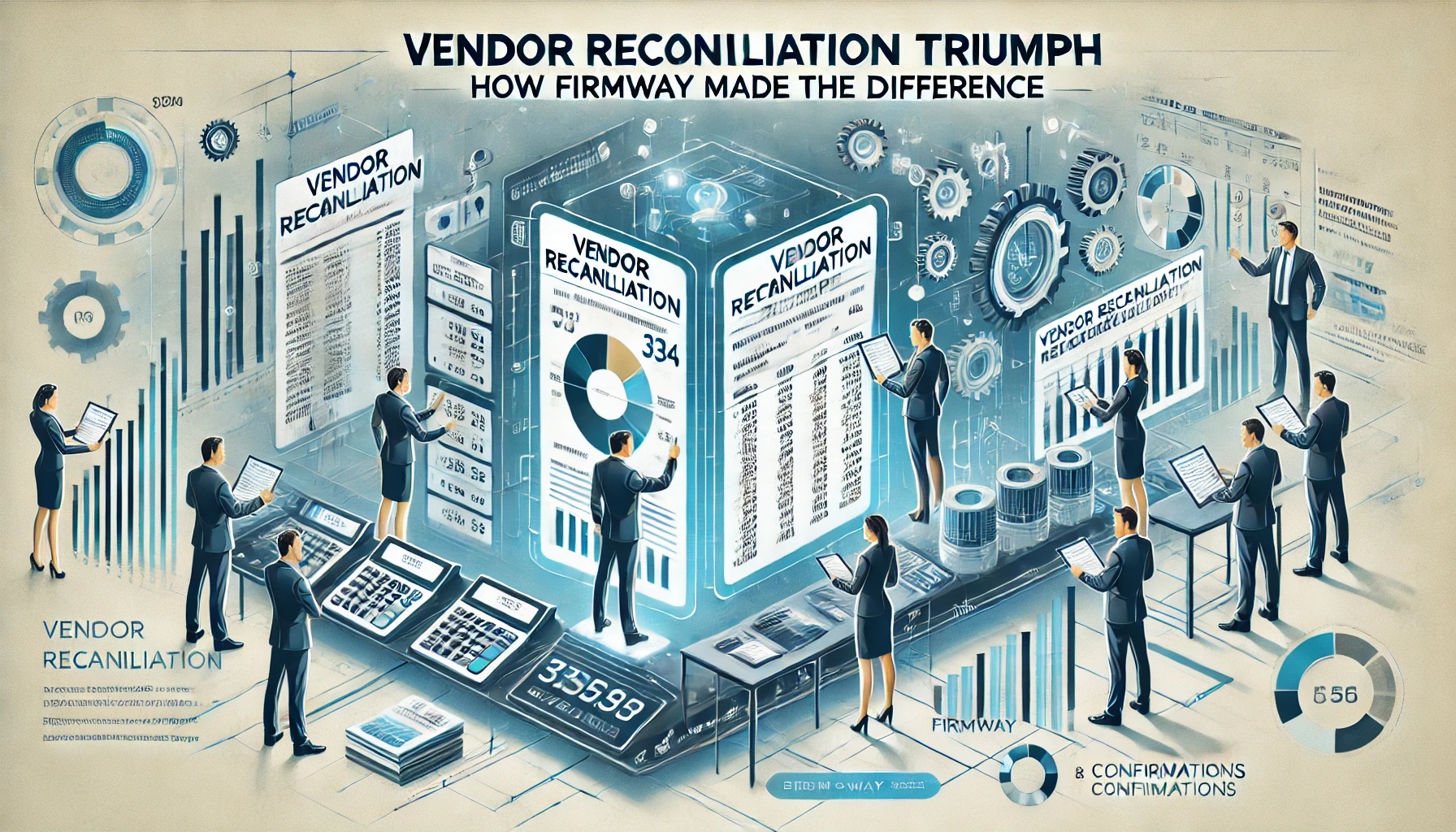Why Outsourcing Reconciliation Services Drives Business Success
In today’s dynamic business landscape, maximizing efficiency and focusing on core competencies are paramount for sustained success. One area where businesses can streamline operations and drive growth is through outsourcing reconciliation services. As businesses navigate complex financial landscapes, outsourcing reconciliation tasks can offer a multitude of benefits, ranging from cost savings to enhanced accuracy and scalability. Let’s delve into the top 5 advantages of embracing outsourcing for your reconciliation needs:
The Growing Trend of Outsourcing Account Reconciliation Service
Outsourcing has emerged as a ubiquitous phenomenon for business enterprises worldwide. Particularly, outsourcing in the finance and accounting segment has gained remarkable momentum. The approximate value of the global market for Finance and Accounting Outsourcing in 2022 was US$43.1 billion. This market is projected to expand and reach a revised size of US$68.8 billion by 2030, exhibiting a compound annual growth rate (CAGR) of 6%. One of the emerging sub-domains in the finance and accounting outsourcing sphere is outsourcing account reconciliation. Outsourcing can be the most reliable reconciliation solution business ventures can utilize to automate reconciliation processes.
Are you contemplating outsourcing business reconciliation activities such as receivable reconciliation, payable reconciliation, or bank reconciliation? We have some compelling reasons that outline the relevance of outsourcing your account reconciliation process.
Top 5 Key Benefits of Outsourcing Reconciliation Services to Boost Your Business
1. Expertise and Accuracy
Account reconciliation processes, such as intercompany reconciliation, AP AR reconciliation, and payment reconciliation, are crucial for maintaining accurate financial records. These processes demand meticulous attention to detail and a deep understanding of accounting principles. By outsourcing reconciliation services to professionals with expertise in this area, businesses can ensure accurate and precise reconciliation of financial data.
2. Time and Cost Savings
Reconciliation can be a time-consuming and resource-intensive process, diverting valuable internal resources away from core business activities. A report by Ventana Research found that organizations that rely heavily on manual reconciliation processes spend an average of 13 days on a monthly close, while those with higher levels of automation complete the process in just 5 days. Outsourcing reconciliation services allows businesses to free up their staff’s time, enabling them to focus on strategic initiatives and revenue-generating tasks. Additionally, outsourcing eliminates the need for investing in expensive financial reconciliation software, infrastructure, and training, resulting in cost savings for the business.
3. Scalability and Flexibility
Business operations often experience fluctuations in transaction volumes and reconciliation requirements. Outsourcing account reconciliation services offers scalability and flexibility, as service providers can quickly adapt to changing business needs. Whether it is handling increased reconciliation volumes during peak periods or adjusting the scope of services, outsourcing allows entities to scale up or down without the hassle of getting additional staff.
4. Access to Contemporary Technology
One of the benefits of outsourcing reconciliation services is gaining access to the latest technology and reconciliation tools. Reconciliation service providers invest in the best account reconciliation software and tools to streamline the reconciliation process, improve efficiency, and enhance accuracy. By leveraging the different transaction reconciliation software, businesses can benefit from automation, real-time reporting, data analytics, and other innovative features that may not be readily available in-house.
5. Focus on Core Competencies
According to a survey by Accounting Today, 64% of small businesses outsource their accounting functions, highlighting the popularity of outsourcing among small and mid-scale enterprises. Outsourcing reconciliation services allows companies to focus on their core competencies and strategic goals. By offloading the time-consuming task of reconciliation to experts, businesses can allocate their resources towards driving growth, improving customer service, and enhancing overall operational efficiency. Outsourcing the financial reconciliation process enables enterprises to leverage specialized skills and knowledge while streamlining their general operations.
Conclusion
By leveraging automated reconciliation strategies and outsourcing financial reconciliation services, organizations can achieve greater accuracy, improved productivity, and enhanced financial control, ultimately leading to better decision-making and operational efficiency. Bank upon the reconciliation software offerings by Firmway to manage your outsourcing requirements related to financial reconciliation. Our reconciliation solution in the form of ledger account reconciliation, GST reconciliations and Form 26AS reconciliation software can give an edge to your reconciliation outsourcing objectives.








